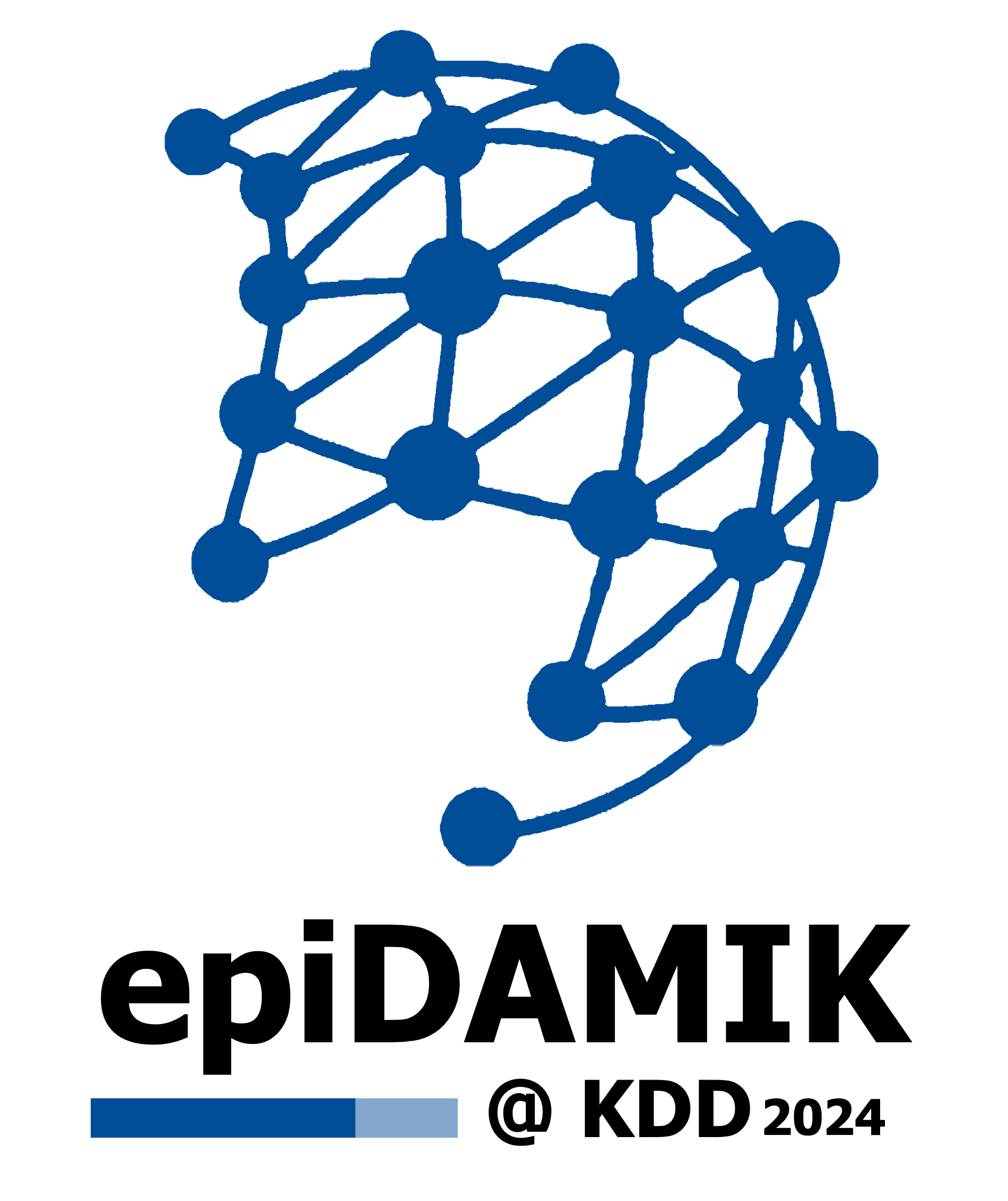News
- 04/10: Website and CFP is live.
05/28 06/09: Paper submission deadline.- 07/02: Notifications sent to the authors.
Description
While the worst of COVID-19 pandemic has most likely passed us, an occurrence of equally devastating global pandemic or regional epidemic cannot be ruled out in future. H1N1, Zika, SARS, MERS, and Ebola outbreaks over the past few decades have sharply illustrated our enormous vulnerability to emerging infectious diseases. While the data mining research community has demonstrated increased interest in epidemiological applications, much is still left to be desired. For example, there is an urgent need to develop sound theoretical principles and transformative computational approaches that will allow us to address the escalating threat of current and future pandemics. Data mining and knowledge discovery have an important role to play in this regard. Different aspects of infectious disease modeling, analysis, and control have traditionally been studied within the confines of individual disciplines, such as mathematical epidemiology and public health, and data mining and machine learning. Coupled with increasing data generation across multiple domains/sources (e.g., wastewater surveillance, electronic medical records, and social media), there is a clear need for analyzing them to inform public health policies and outcomes timely. Recent advances in disease surveillance and forecasting, and initiatives such as the CDC Flu Challenge, CDC COVID-19 Forecasting Hub etc., have brought these disciplines closer together. On the one hand, public health practitioners seek to use novel datasets, such as Safegraph, Unacast, and Google mobility data, and techniques like Graph Neural Networks. On the other hand, researchers from data mining and machine learning develop novel tools for solving many fundamental problems in the public health policy planning and decision-making process, leveraging novel datasets (e.g., COVID-19 behavioral health surveys, contact tracing trees, and satellite images of urban streets) and combining them with more traditional time series information (e.g., surveillance, hospitalization, and death records). We believe the next stage of advances will result from closer collaborations between these two groups, which is the main objective of epiDAMIK.








